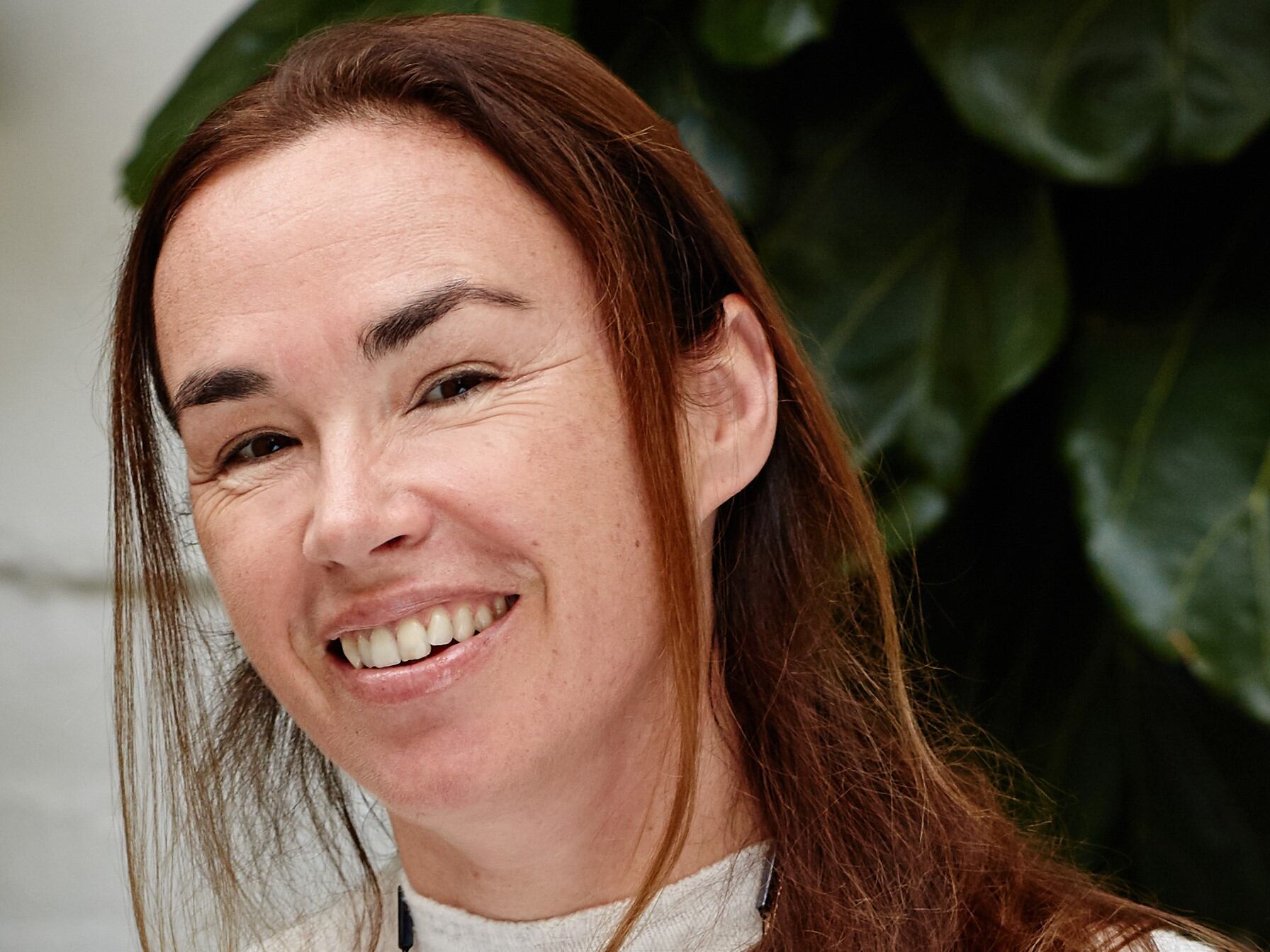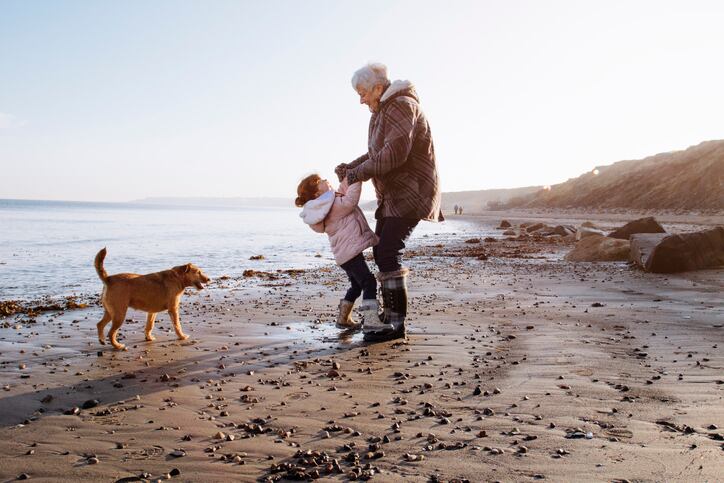The COVID-19 pandemic was coined a ‘black swan’ event back in April 2020 by an expert consultant who said the crisis would shape consumer trends for the next decade. More than one year on, industry was certainly feeling the effects of last year’s sudden and global shift, with many responding through smart product developments and retail offerings.
But Melanie Welsh, co-founder of UK-based business strategy agency Strat House, said more money and time now had to be invested in consumer-first beauty innovation.
“It’s going to be about holding your nerve and the belief that if you make something that is more precisely focused around consumer needs, that will pay dividends in the long-run,” Welsh told CosmeticsDesign-Europe.
When beauty became digital ‘overnight’
When COVID-19 first took hold, beauty and many other industries were propelled into a business model that “became entirely digital overnight”, Welsh said.
“I think the beauty industry coped remarkably well. It proved itself to be resilient, incredibly innovative and consumer focused. Businesses tackled things with astonishing energy.”
On top of this digital shift, Welsh said COVID-19 had also accelerated a shift in how consumers thought about and interacted with beauty products. Consumers started to relish the joy of beauty, focusing on the routine and process of using products rather than just the result, she said, and this, along with the digital transition, offered plentiful opportunity for beauty innovation moving forward.
E-commerce still ‘massively undersaturated’
On the digital side, Welsh said: “The majority of people agree that there’s still a lot to do in terms of that shift to digital for beauty brands. E-commerce is still massively undersaturated.”
Beauty businesses had to re-learn how to “work that consumer journey” – a journey that looked very different to pre-COVID, she said. “It’s not going to be enough to focus on the beginning of the funnel anymore.”
But, she said the transition to digital didn’t just impact marketing; it fundamentally changed the way beauty brands and manufacturers had to think about innovation.

“…Everything has shifted to digital and the impact on product development is quite profound when you think it through to the end of the funnel.”
NPD to create a ‘thing of wonder’ for shoppers
Welsh said beauty manufacturers and brands had to “re-evaluate” new product development from the word ‘go’ and “crack the messy middle” of the latest shopper journey.
“It’s also about going back to the drawing board about the basics. The journey is big and within it we really have to up our game on every granular aspect of that,” she said.
More consideration had to be put into product components, for example, and how beautiful a product looked in the digital world. Investment in “amazing pack shots and content for e-commerce” would be a must moving forward, Welsh said. “It’s not going to be enough to offer up static shots. You’re going to have to think your way around that and do it consistently well.” Beauty brands now had to make it “glaringly obvious” that an item was a “thing of wonder” to drive purchase incentive amongst consumers, she said.
And on that consumer side and the new mindset, there was also plenty to focus on, Welsh said.
Moving away from ‘slightly austere’ traditional beauty
As more consumers started to enjoy beauty, she said there were two clear categories emerging: those found joy in hygiene and superiority and those that found joy in fun and playful offerings.
For the first group of “incredibly savvy consumers”, Welsh said provenance and science-backed benefits would be key. For the second group, she said pleasure would be important.
And beauty pleasure, she said, was a critical opportunity post-COVID that had been “on the horizon” pre-pandemic but had fast gained ground as consumers became “fed up with that slightly austere, cold world of traditional beauty”.
Colour cosmetics and hair care were two obvious categories with great opportunities to push fun and joy, she said, but there was also opportunity elsewhere. Though, it required more than just a marketing “veneer”, she said, and would instead need products and ranges that truly inspired and enabled consumer joy.
This could be done by “playing with sensorials”, she said, or the way a product was dispensed; even being “inventive” about the components the product was packaged in.
NPD beauty risks – ‘you’ve got to hold your nerve’
Welsh said that all of this required plenty of planning and internal collaboration between teams.
Product development and marketing teams would have to work more closely with finance directors and departments, she said, to push for bigger investments in these new ideas. “It takes a lot of time and money to make those big business shifts, in terms of what you’re making and the demand spaces you decide to tap into, and then also how you deliver those and communicate them across the journey.”
But in the long run, she said this extra investment paid off, not only in sales but brand equity as well.
“…When you create a brand, you’re making something people buy because it says something about them or aligns with them as a person. And no-one wants to be a homogenous, one-size-fits-all person. So, it comes back to that risk I referred to: the more you put into things, the more you’ve got to hold your nerve in terms of not cutting corners in what goes in. It’s a big ask; a big opportunity.”




